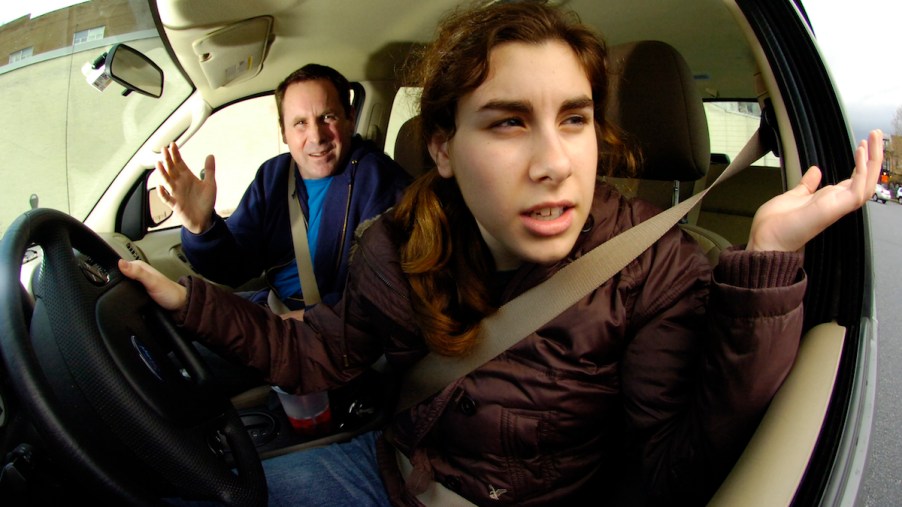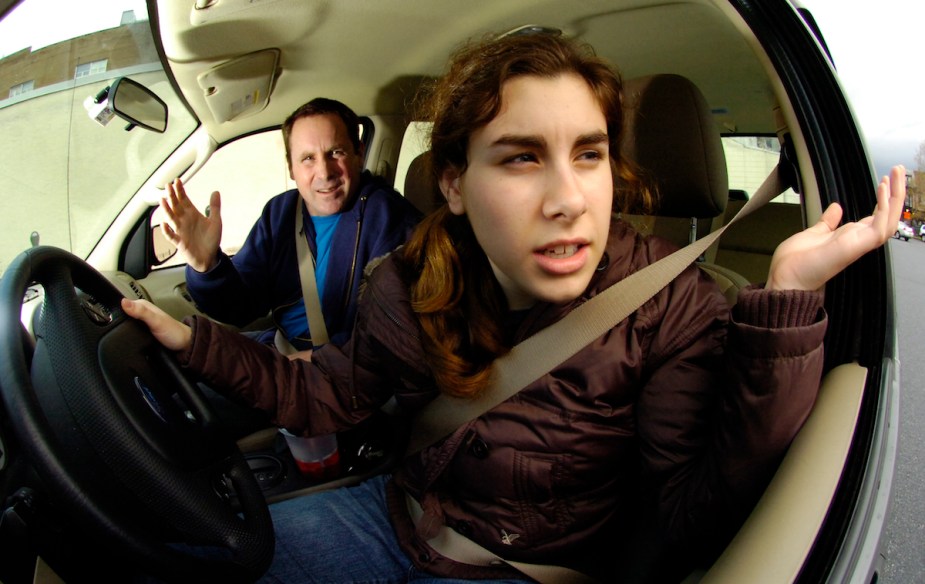
7 Dangerous Driving Habits You Need to Quit Before It’s Too Late
When you have been driving cars for a long time, it is easy to get lazy in your driving habits and not realize you have forgotten what you learned about car safety. We all have places to go and want to get there safely and in one piece. Please be considerate to the other drivers on the road and commit to quitting these seven dangerous driving habits.
1. Speeding
According to the National Highway Traffic Safety Administration (NHTSA), 11,258 people died as a result of speeding in 2020. Speeding has also involved about one-third of highway fatalities in the last two decades.
Everyone knows how dangerous it can be to drive over the speed limit. But, speed can also affect your safety when you are technically going the speed limit but going too fast for the conditions. Too fast for conditions can be due to weather, the road being under repair, or the road isn’t well lit at night.
2. Texting and driving
According to Bankrate, there are laws against texting and driving in 48 states. But that doesn’t stop many people from using their phones when they are supposed to be focused on driving. The CDC estimates that 3,000 people die each year from texting and driving.
No text is worth threatening your life or the other people on the road. It can wait until you get to your destination and catch up on all your messages.
3. Road raging

Bankrate defines road rage as “when a driver experiences extreme aggression or anger, intending to create or cause verbal or physical harm.” This is different than aggressive driving, which is when “an individual commits a combination of moving traffic offenses to endanger other persons or property.” Road rage takes aggressive driving and makes it more violent and dangerous.
Road rage can include:
- Rude or inflammatory gestures
- Profanity
- Hitting, bumping, sideswiping, or ramming another vehicle
- Use of headlights or brakes to intimidate
- Forcing another car off the road.
4. Eating while driving
Eating while driving falls under distracted driving, which also includes adjusting the volume controls, changing navigation systems, talking with passengers, and drinking. The Barnes Firm reports that 56.7% of Americans reported that they eat while driving.
Eating while driving is especially dangerous because it often requires two hands to be off the wheel at some point, your focus is off the road, and your reaction time is delayed. To avoid this, consider eating before you leave, keeping food out of the car, and using slimmer containers of drinks that are easier to handle with one hand.
5. Drunk driving
The NHTSA has some sobering statistics about drunk driving. Every day, 32 people in the United States die due to drunk driving. That comes out to one person every 45 minutes. Just in 2020, 11,654 people died from drunk driving. The sad part of all this is that all these deaths were preventable.
Be responsible. Pick a designated driver before going out. Call a taxi to get home. Stay in a hotel to sober up before going home. Or, stay home and drink there. Convenience is not more important than your or someone else’s life.
6. Rubbernecking
Progressive defines rubbernecking as “when drivers take their eyes off the road to look at a distraction, such as an accident or arrest. The term originated in the late 1800s to describe the act of turning and stretching the neck to eavesdrop.”
Rubbernecking is often due to concern, curiosity, or carelessness. Rubbernecking is technically not illegal, but you can be ticketed for impeding traffic. More importantly, rubbernecking is distracted driving and can cause dangerous traffic accidents.
7. Failing to use turn signals
It is important to remember that the turn signal is not a suggestion. The turn signal “is a vital safety feature that is not only required to be built in as standard equipment on all vehicles but their use by the driver in everyday driving is required by law,” according to SAE International.
It is also important to remember that the turn signal is not for you. Using your turn signal is to let the other drivers on the road know what you are about to do so they can adjust their behaviors accordingly. Other drivers may be unable to adjust if you change directions without adequate warning by a turn signal. This can lead to dangerous accidents. Be a friend and use your turn signal early.


